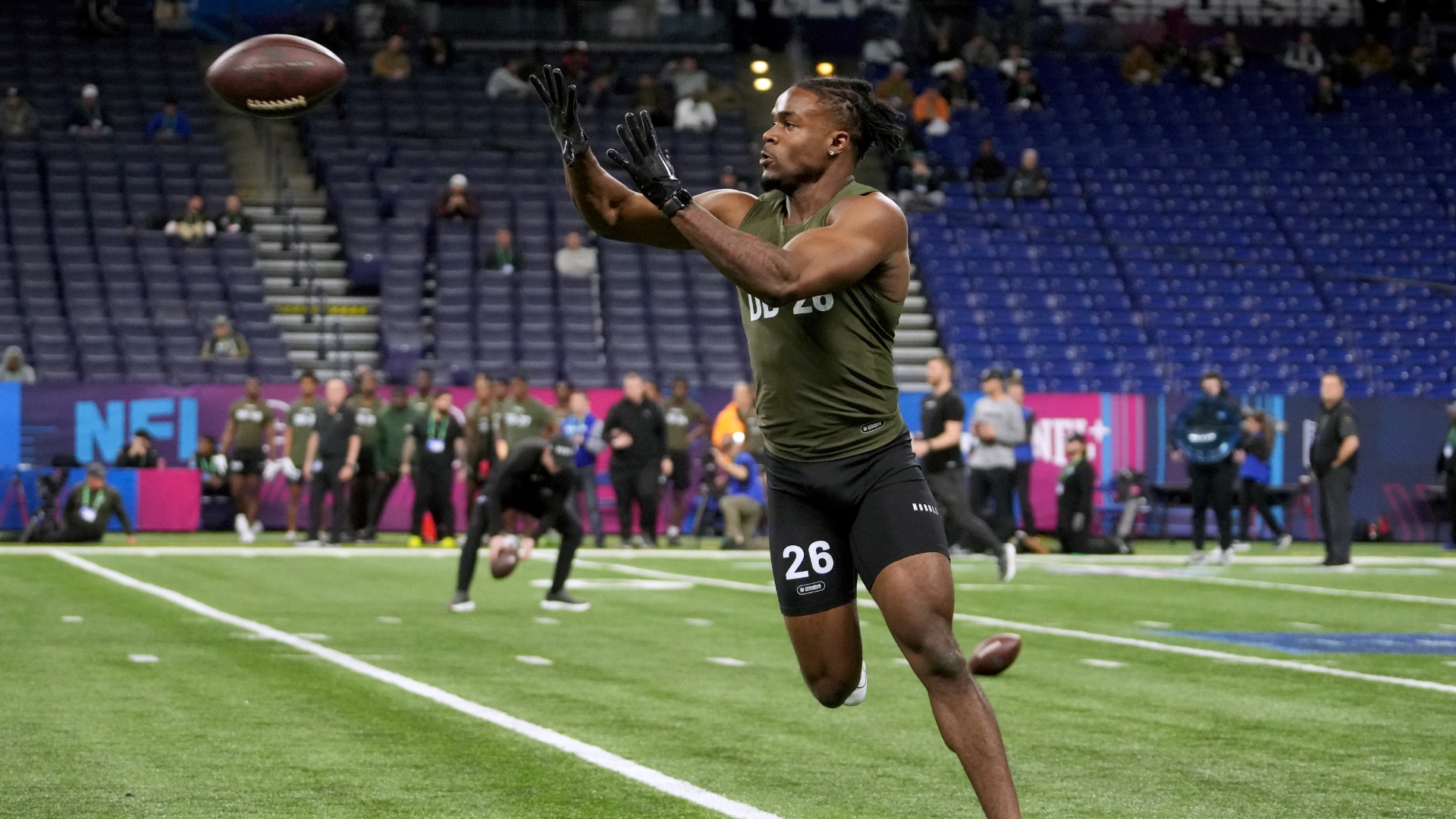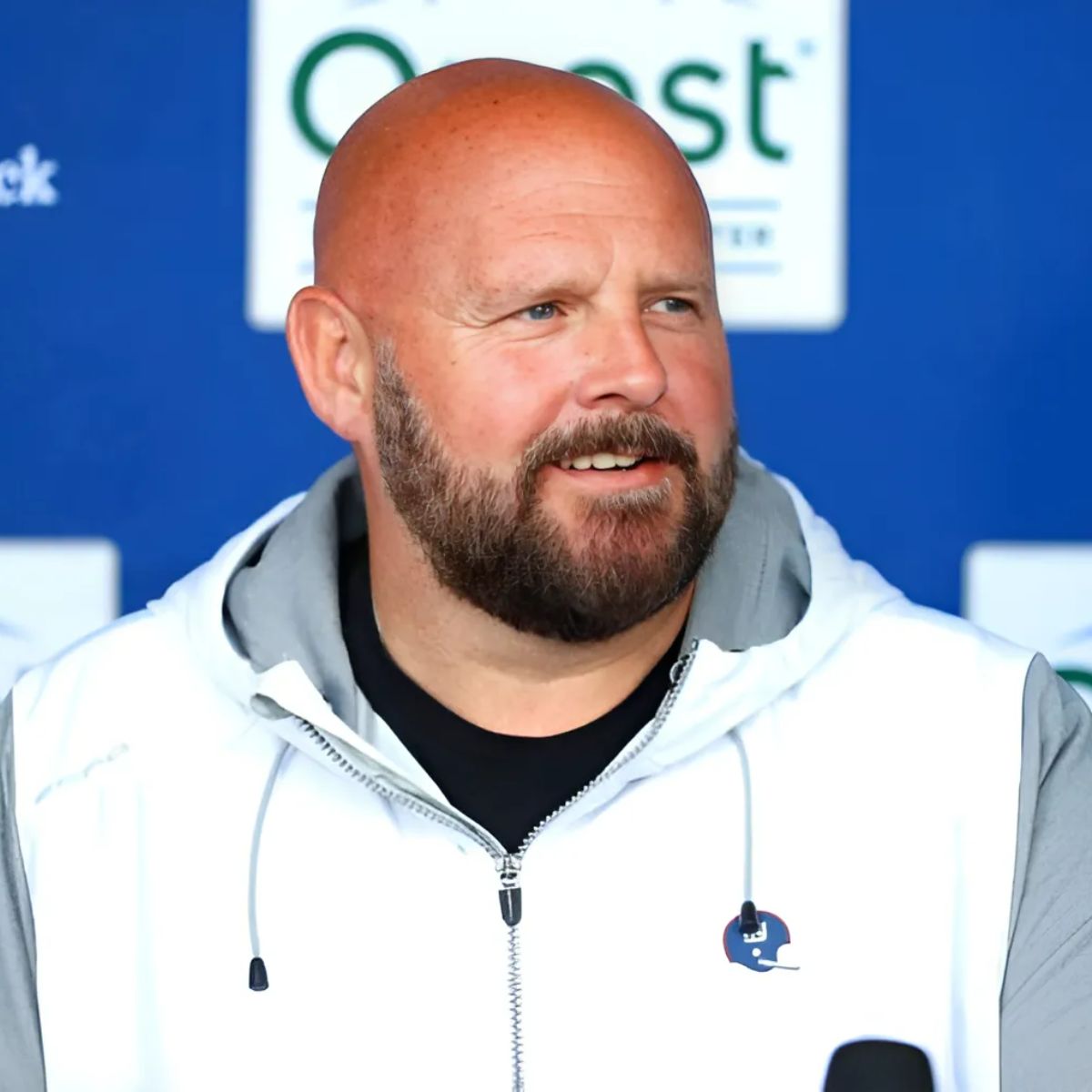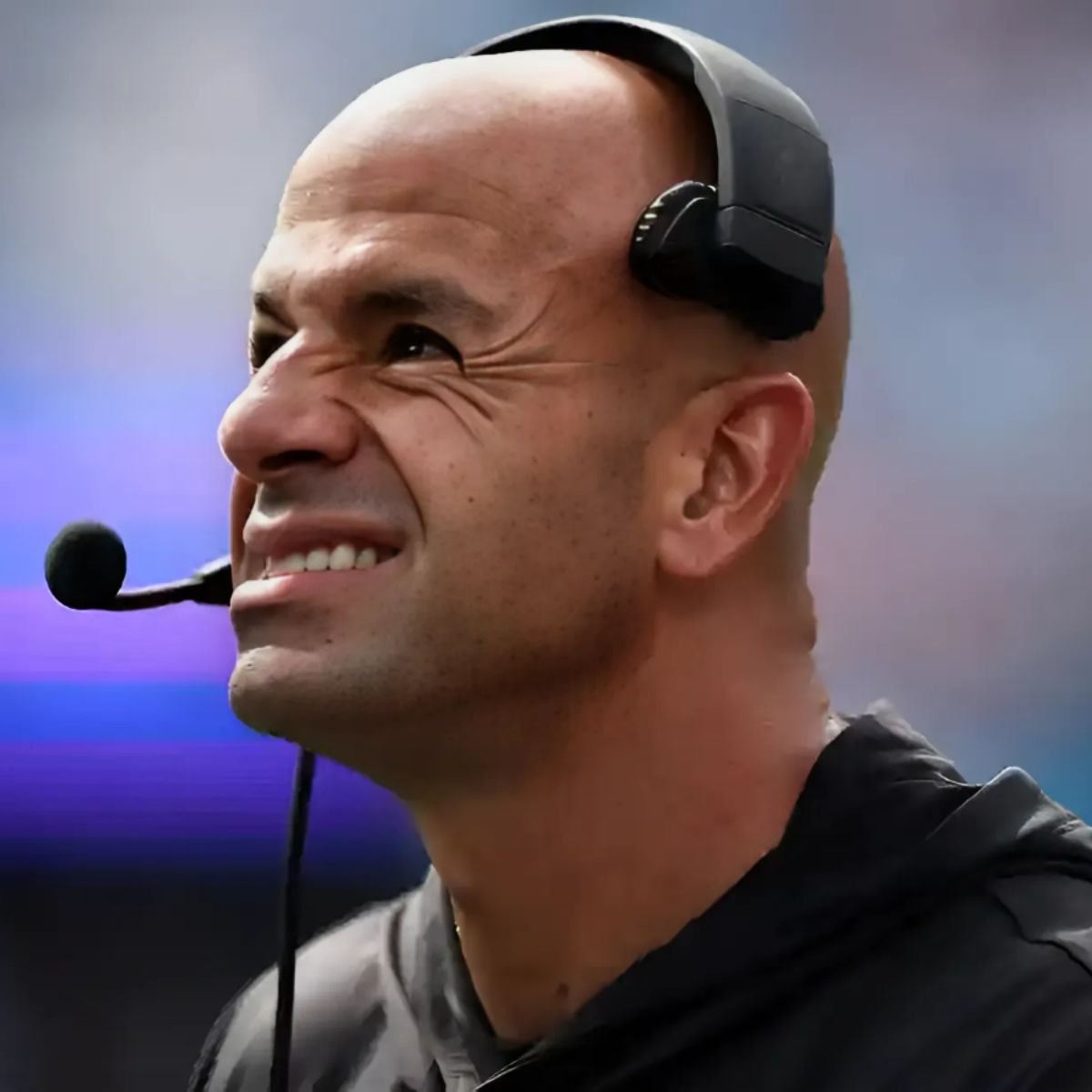This is the story of the Cardinals and their pick of a cornerback in the second round. At least, as best as it can be told. (No, the Cardinals aren’t going to come out and list what their top 120 board looked like. Even though it would be totally cool. Alas, no.)

There are people who have asked about a couple of specific picks the Cardinals made, and where. But none more than in the second round, when the Cardinals traded down from 35 to 43 and ultimately passed on the chance to select in particular Cooper DeJean and Kool-Aid McKinstry, who were taken at 40 and 41, respectively. The Cardinals took Rutgers cornerback Max Melton in the end.
I’ve made my points on this, primarily in mailbags or X, but GM Monti Ossenfort touched on the subject on the newest episode of “The Dave Pasch Podcast” — found on all your favorite podcast platforms — when talking about the team’s second-round maneuvering. (The Cardinals did look into trading up from 27 in the first round but determined the cost was too expensive and Ossenfort was thrilled to get Darius Robinson at that pick.)
Ossenfort said the Cardinals got “six to eight offers” for pick No. 35 to trade back.
Melton “would’ve been a guy we would’ve been comfortable taking at 35,” Ossenfort said. While that doesn’t necessarily mean he didn’t have other corners that high too — again, we don’t get to see the board — Melton in the top 35 players for the Cardinals in the whole draft is a meaningful acknowledgement.
Plus, “that was one of those occasions where, ‘Hey, we’re able to drop back and recoup a great third-round pick at 79 and still get Max at 43,'” Ossenfort added.

For those who weren’t keeping score, the Cardinals ended up trading back a few more picks again at 79 to 82, and ended up — by trading down from 35 — to get a “bonus” pickup of tight end Tip Reiman. We will see if Reiman works out, but to add a devastating blocker (this kid loves to block, seriously) to Trey McBride’s receiving skills in the tight end room seems perfect for the offense the Cardinals are trying to run.
And therein lies yet another prism through which to see the Melton pick. In a vacuum, perhaps Kool-Aid or DeJean gathered more fans in the pre-draft process when it comes to all those rankings. But teams don’t pick in a vacuum. What these guys do individually and how they do it and how it makes sense for a team matters.
“We think he fits us schematically in terms of running and cover ability,” Ossenfort said.
Maybe the others did too. Maybe they didn’t. But if Ossenfort was OK with Melton at 35, that says something.




